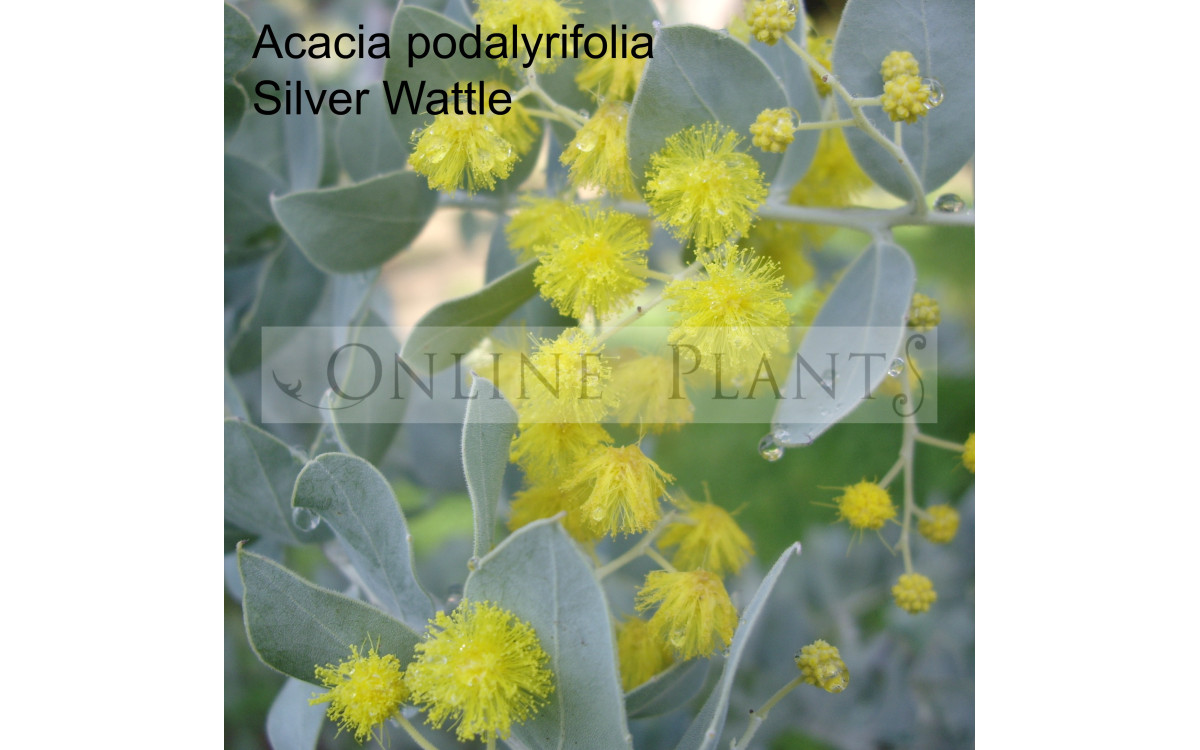Australia boasts more than 1,200 species of Acacia, which are commonly known as wattle trees. The golden wattle is Australia’s floral emblem and is widespread around Canberra, in southern New South Wales, in the Adelaide Hills and Victoria. The flowering season is spring and summer, and Wattle Day is celebrated on 1 September each year.
With 600 or more kinds of wattles, they can be found in every part of the country, from well-watered areas to the dried centre to the cold mountain regions. They can be found growing in the most remote areas, from low, spreading shrubs to large, upright growing trees. The individual flowers are always very small and massed together in rod-like spikes.
Acacia in your Garden:
Acacia makes excellent garden plants. They range in habit from prostrate and low-growing species to larger shrubs and shade trees. Most respond to pruning immediately after flowering and, if carried out regularly, pruning can extend the life of the plant.
As Acacia species flowers throughout the year, it is possible, with careful selection, to have Acacia flowering in the garden all the time in a year. Acacia is a good source of pollen making some species popular with bee-keepers. The seeds are also an important source of food for birds.
The main pests are stem borers which can be controlled by injecting a few millilitres of alcohol into the holes. Galls are often more difficult to control, but removing the affected branches can reduce the problem.
Acacia Bug can cause damage to the foliage of wattles with phyllodes and is difficult to control. Treatment with a systemic insecticide may be required.
Varieties: Acacia Baileyana Cootamundra wattle, Acacia boormanii 'Snowy River Wattle', Acacia dazzler, Acacia fimbriata 'Fringed Wattle', Acacia iteaphylla 'Flinders Ranges Wattle', Acacia cognata 'Limelight', Acacia Longifolia 'Sydney Golden Wattle', Acacia Melanoxylon Australian Blackwood, Acacia cognata 'Mini Cog', Acacia Pycnantha 'golden wattle', Acacia cognata Bower Wattle, Acacia Lime Magik, Acacia Winter Flame, Laurus Nobilis Miles Choice Bay Tree,
Uses of Acacia:
All parts of various Acacia species are used by people for one purpose or another.
The seeds from some specific Acacia species provide a valuable food source. Mostly the seeds are ground into flour and cooked although some are eaten raw or made into porridge. The gum from some species is also edible.
Various extracts from the bark and the leaves or phyllodes have been and continue to be used by Australian natives for a wide variety of medicinal purposes such as relieving toothache or colds or applying to wounds and burns.
The wood of various species has been used to make spears, boomerangs, and shields. Some species, such as Acacia melanoxylon (Blackwood), are used to make fine furniture.
Tannin has been extracted from the bark of a number of species for use in tanning including Acacia dealbata (Silver Wattle), Acacia mearnsii (Black Wattle) and Acacia pycnantha (Golden Wattle).
Propagation
Propagation from seed is the most common method. Seeds are readily available and can be stored for many years. The very hard seed coat needs to be worn away or softened before water can enter and germination can take place.
Pouring boiling water over the seeds and leaving them to soak for 24 hours will usually soften them. The infertile seeds will float to the surface and should be discarded. Swollen seeds can be sown, the others retreated.
Many species of Acacia can be grown from cuttings using firm new season’s growth. Cuttings from species with phyllodes are easier to strike than those with bipinnate leaves.
More information on the propagation of Acacia can be found on our site online plants.
For assistance with your plant selection or any garden advice please email Online Plants at: [email protected]

